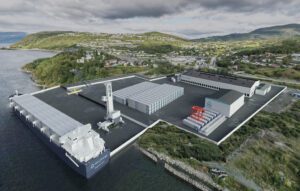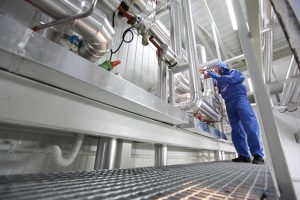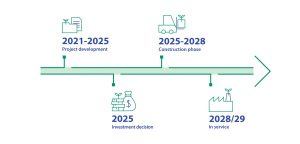With this new level of efficiency, the Canadian company’s AEM electrolysers now require only 41.754 kWh to produce 1 kilogram of hydrogen. This figure does not include purification losses, which are typically less than 3 kWh per kilogram. This efficiency is measured at the stack level, considering the high heating value of hydrogen at 39.4 kWh per kilogram. These results were produced under thorough industry-standard analysis and are repeatable, ensuring reliable performance, according to Cipher Neutron.
The company estimates that, when scaled to a 100 MW project and assuming 100% operational capacity, its AEM electrolyser will produce approximately 3,460 metric tons more hydrogen annually than traditional electrolyser stacks, which typically require 50 kWh of electricity to produce 1 kilogram of hydrogen.
Cipher Neutron’s efficiency achievement is the result of several proprietary innovative design and manufacturing advancements:
- Unique Flow Fields Design: Ensures the optimum flow of electrolyte within the system and the timely evacuation of gas, reducing energy losses and enhancing overall efficiency.
- Proprietary Ink Recipe and Coating Mechanism: Enhances electrochemical performance by ensuring deep catalyst penetration and even coating for high conductivity.
- Advanced Cell Compression Techniques: Improves contact efficiency and reduces resistance.
- Zero-Gap Cell Technology: Minimizes the distance between electrodes of the stack, leading to higher efficiency.
Ranny Dhillon, Chief Scientific Officer at Cipher Neutron, said: “Our team’s dedication to pushing the boundaries of technology has led to this significant breakthrough. We are excited about the potential impact this will have on the green hydrogen market and our continued commitment to sustainability and innovation.”







